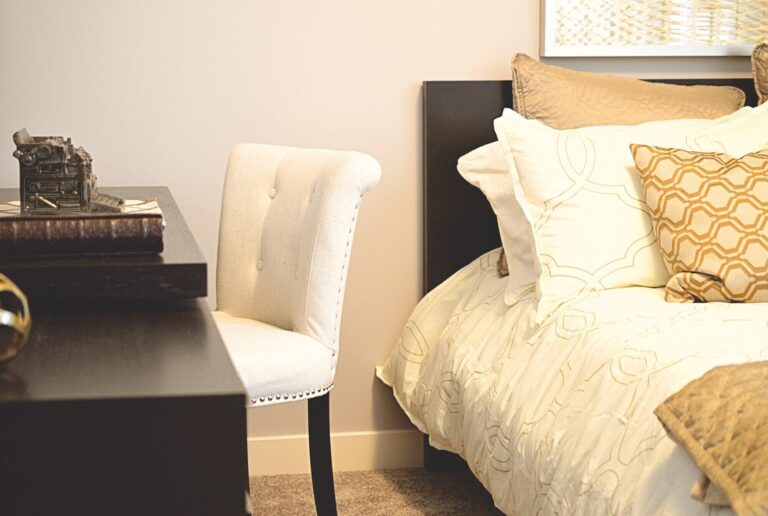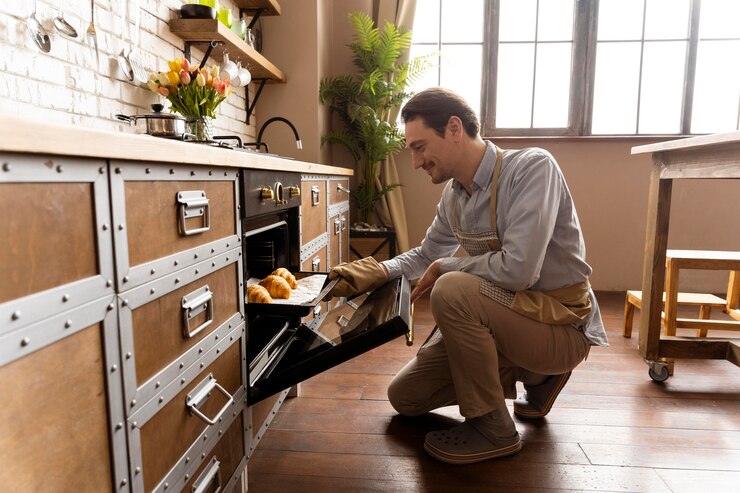Transforming Your Bathroom: How to Achieve a Seamless Tub-to-Shower Conversion
Why Convert Your Tub to a Shower?
Converting your bathtub to a shower can significantly enhance the functionality and aesthetic of your bathroom. This transformation caters to modern living standards and improves accessibility for those with mobility issues. For many, the cumbersome task of stepping over a high bathtub wall can be a safety hazard, offering practical benefits and increasing home value. By converting your tub to a shower, you align your home with contemporary trends, making it more functional and visually appealing.
Many homeowners opt for tub to shower conversions due to the modern and luxurious feel they bring to a bathroom. With various design options and improved efficiency, it’s no wonder this type of home improvement project is gaining popularity. Showers can be customized with various features, such as multiple showerheads, built-in seating, and storage options, making daily routines more convenient and enjoyable.
Planning Your Conversion
- Evaluating Your Space: Take stock of your available space to see if a walk-in shower will fit. If the measurements are accurate, you can make sufficient plans for the size and arrangement of the new shower area.
- Looking for Plumbing Problems: Verify whether your plumbing system can accommodate a shower or needs to be modified. A professional plumber’s evaluation will help determine any modifications required to make room for the shower.
- Choosing Materials: Opt for easy-to-maintain and long-lasting materials. Think of glass doors, tiles, and water-resistant flooring. These materials guarantee the durability and ease of maintenance of your new shower and give it a sleek appearance.
Design Considerations
The design of your new shower should align with your taste and complement your home’s overall decor. Think about the type of showerhead, storage solutions like niches or shelves, and the type of enclosure that suits your bathroom. For instance, a rainfall showerhead can provide a luxurious spa-like experience, while built-in niches offer practical storage without compromising style. Architectural Digest suggests considering designs that blend functionality with elegance for long-term satisfaction. Incorporating design elements that reflect your style can turn a basic shower into a stunning focal point of your bathroom.
Cost and Efficiency
The cost of a tub-to-shower conversion can vary based on materials, labor, and additional fixtures. High-end materials and custom designs will naturally increase the cost, but there are budget-friendly options that do not compromise quality and style. Obtaining estimates from different contractors is crucial to ensure you stay within your budget. Price comparisons and contractor referrals can help you find the best deal for your project. Also, energy-efficient fixtures that can reduce utility bills in the long run should be considered. Fixtures such as low-flow showerheads and LED lighting conserve water and electricity and contribute to a more sustainable lifestyle.
Choosing the Right Factors
- Space Availability: Ensure your bathroom has the dimensions for a seamless conversion. Adequate space allows for comfortable movement and the inclusion of various shower features.
- Budget: Set a realistic budget that covers materials, labor, and potential unexpected expenses. Preparing for contingencies can prevent financial strain and ensure the project’s completion.
- Style: Decide on a style that meets your needs and enhances your bathroom’s appeal. Whether your bathroom has a minimalist, modern look or a classic, elegant design, your shower should reflect your taste.
- Long-term Benefits: Consider the long-term benefits such as increased home value and ease of access. A well-designed shower can enhance daily living and attract prospective buyers if you sell your home.
Installation Steps
Although you are advised to hire a professional for the installation, knowing the fundamentals will help you stay informed and interact productively with your contractor.
- Remove the existing bathtub: This step involves carefully extracting the old tub without damaging surrounding walls and floors.
- Prepare the plumbing for the new shower: Adjustments may be needed to accommodate shower fixtures and ensure proper drainage.
- Install the shower pan and waterproof the shower area: An excellent waterproofing system prevents leaks and mold growth, ensuring the durability of your shower.
- Tile the shower walls and floor: Choosing suitable tiles and installing them correctly enhances the shower’s aesthetics and function. Install shower fixtures and enclosures. Final touches like showerheads, faucets, and doors complete the transformation, readying your new shower for use.
Maintenance and Upkeep
Regular maintenance is crucial to maintaining the outstanding condition of your new shower. Sufficient maintenance will guarantee the shower’s durability and help maintain its aesthetic. Regular grout cleaning in the shower will help avoid the growth of mold and mildew, which can contaminate materials and cause health problems. To avoid water pooling, make sure the drainage system is operating effectively. After every use, consider using a squeegee to prevent water stains on glass enclosures. Adhering to these easy routines can significantly decrease long-term maintenance time and expenses.
Benefits of a Tub-to-Shower Conversion
- Improved Accessibility: A walk-in shower improves accessibility for those with mobility problems. Grab bars and non-slip flooring are additional safety elements.
- Modern Aesthetics: Showers have a clean, contemporary appearance that can revitalize the entire bathroom. Modern finishes and designs can completely change a room’s atmosphere.
- Water Conservation: Showers help with water conservation initiatives because they usually consume less water than filling a bathtub. This promotes environmental sustainability and lowers utility expenditures.







